Modern wheel bearings are designed to last the lifetime of your vehicle, but it’s not uncommon for one or more wheel bearings to wear out eventually, especially on high mileage vehicles.
The symptoms of a bad wheel bearing include a loud noise when the wheel rotates, excessive play when the wheel is rocked from side to side, uneven tire wear, a shaky steering wheel and a vehicle that pulls to one side when driving.
The wheel bearing is located inside the wheel hub and allows the wheel to rotate smoothly when the vehicle is moving. Over time, bearings can start to leak and loose some of the internal lubricant that keeps them working.
As an Amazon Associate we earn from qualifying purchases.
A worn out wheel bearing can be dangerous as it can lead to unstable handling or it can even fail completely resulting in the wheel hub breaking apart.
5 Symptoms Of A Bad Wheel Bearing
Bad wheel bearing symptoms are usually pretty easy to spot. The most common symptom is a noise coming from the offending wheel bearing. This noise is like a rough, grinding noise that changes with the speed of the vehicle.
Other symptoms such as bad handling or uneven tire wear are often not noticed until the bearing has become really worn and is near failure.
Here’s a breakdown of the most common symptoms of a failing wheel bearing.
1. A Rough Or Grinding Noise From The Wheel When It Rotates
The most common telltale sign of a worn wheel bearing is a grinding, metallic noise from the wheel hub as it rotates. This is caused by the ball bearings within the bearing assembly rubbing against each other and it can be worse when the vehicle is turning.
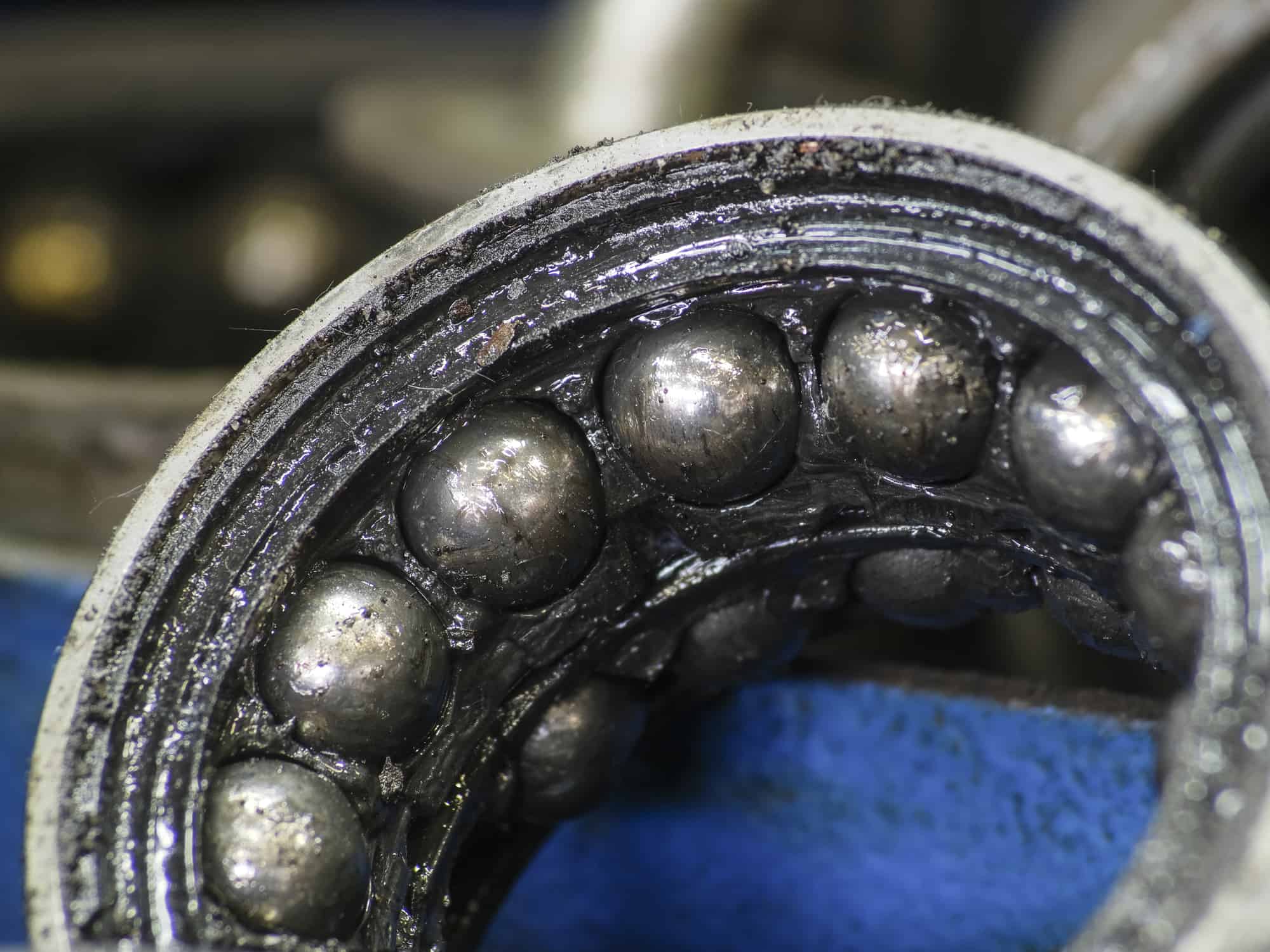
An old, leaking wheel bearing that has dirt and debris around the ball bearings
This is usually caused by lack of lubrication due to leaking or excessive wear. If a wheel bearing seal fails, this will allow the wheel bearing grease to escape and dirt or debris to get into the bearing. Dirt will affect the smooth operation of the bearing and exposure to the elements will cause the bearings to wear and rust.
2. Shaky steering wheel and bad handling
A worn wheel bearing can cause a vibration in the steering wheel and can cause a vehicle to behave unpredictably when driving.
If the bad wheel bearing is located on one of the front wheels, then this can lead to a vibration in the front suspension that can lead to a vibration in the steering wheel at any speed. A worn wheel bearing can become loose and will result in a wheel hub that will not rotate smoothly.
This unevenness in the bearing will usually travel up through the suspension the the steering wheel, and will generally feel worse the faster you drive.
3. Uneven tire wear
Tire treads can wear more on one side of the wheel than the other if there is a problem with a suspension component, if the tires are not inflated to the right pressure or if the wheel is not aligned properly.
Another common cause of uneven tire wear is a bad wheel bearing. It’s easy to spot tire wear caused by a bad wheel bearing as the tire wear will look different to the other three tires. A badly worn tire will be more worn on the outer or inner edge.
A wheel bearing can slowly fail for years before it is spotted and even if the wheel bearing is only slightly worn this can cause uneven tire wear.
4. Excessive play or wobble in the wheel
A common symptom of a worn wheel bearing is a wheel that feels a bit loose when jacked up and gripped at the sides. This can also be caused by excessive play in one or more suspension parts due to worn bushings (and not loose lug nuts).
If it’s an older vehicle, it can sometimes be difficult to narrow down the exact suspension part that is at fault, as there will be more wear and tear on the overall suspension.
If the wheel bearing has failed there will nearly always be a grinding noise accompanying a wobble or vibration from the wheel.
5. Rumbling noise when turning a corner
An early sign of a worn wheel bearing can be a rumbling noise from the wheel area. The noise resembles loud tire noise and will come from the opposite side of the car to the direction that you are turning.
This noise is caused by the extra downward force that is exerted on one side of a vehicle when performing a turn. For example, if you are turning left, there will be a centrifugal force exerted on the car that pushes the right side (outer wheels in this case) down and the left (inner wheels) up. This force is dampened by the sway bar, but it is also absorbed by the wheel bearings on the outer wheels that are being twisted laterally while rotating on a horizontal axis.
If the bearing is worn, the extra force while turning will create a rumbling noise as the bearing is compressed.
How To Diagnose Wheel Bearing Noise
A grumbling sound coming from of a bad wheel bearing is often the first sign that the bearing is starting to fail.
This noise can be be difficult to isolate as it can be drowned out by road noise and can often be mistaken for worn tire noise.
It’s a good idea to check the condition of the tires and suspension for excessive wear before you try to diagnose a bad wheel bearing. Worn tires and worn suspension bushings can create similar noises to a bad wheel bearing when the car is moving.
You should also check the tire pressures too. Under-inflated tires can make a rumbling noise that is very similar to a bad wheel bearing.
Here’s a video that demonstrates exactly what a bad wheel bearing sounds like. The noise is similar to when a car is driving over a rough road, and gets louder the faster the car goes.
- In most cases, a bad wheel bearing will generate a growling or grumbling noise when the car is being driven. This noise will usually get louder and stay constant as the car accelerates.
- Bad wheel bearings don’t usually squeak or squeal when driving. You may hear some high pitched metallic noises coming from the bearing if you rotate the wheel slowly by hand when the car is stopped. This is the sound of the bearings rubbing against each other.
FAQs – Common Questions About Bad Wheel Bearings
1.Can You Drive With A Bad Wheel Bearing?
You can drive a car with a bad wheel bearing, but it is not advisable in the long term. It’s ok to continue driving until you get the problem diagnosed, but you should get the bad bearing replaced as soon as possible.
A bad wheel bearing can affect the handling of a vehicle, especially at high speeds and in bad weather conditions. In some extreme cases, the wheel bearing can become seized or can start to break up inside of the wheel hub.
2. How Do You Check Wheel Bearings?
The simplest way to check the condition of wheel bearings is to rotate and rock each wheel while checking for noises and looseness.
Even if you can hear rumbling noises when you are driving, you are still going to have to check each wheel individually for a bad bearing.
This is a really simple procedure once you know what you are looking for. Safely raise each corner of the car, one wheel at a time. Rotate the wheel slowly and listen for any metallic, squealing or squeaking noises. The wheel may also feel ‘rough’ as it rotates.
Next you need to grab the outside of the tire at 6 and 12 o’clock (top and bottom), and try to rock the wheel. The wheel should feel fairly solid and not move much.
3. What Causes A Wheel Bearing To Keep Going Bad?
A wheel bearing can keep failing if cheap replacement parts are used to fix the wheel bearing. You should always use OEM quality parts when replacing a wheel bearing.
They can also fail prematurely if aftermarket suspension parts are fitted to the vehicle. Any suspension parts that stiffen the ride and don’t absorb the bumps and potholes on a road as well as they should, will put more pressure on a wheel bearing.
Fitting bigger wheels with lower profile tires to a car can also cause a wheel bearing to fail prematurely. This is because lower profile tires produce a harder ride and are not as forgiving when it comes to absorbing bumps on a rough road surface.
One final reason why a wheel bearing can keep failing is if the vehicle is driven in bad weather conditions such as extreme heat or cold, or if it is continuously getting wet.
4. How To Tell Which Wheel Bearing Is Bad, Front Or Back?
The best way to identify whether the wheel bearing is gone bad at the front or back is by inspecting each wheel, one at a time.
You can sometimes get an idea of which wheel bearing is gone bad while driving. A bad wheel bearing can cause issues with handling. If your car is pulling to the left or right while driving it may indicate a bad front wheel bearing.
Likewise, if the grumbling noise from a suspected bad wheel bearing gets louder when you turn a corner, this can indicate a bad wheel bearing on the side of the car that is bearing more weight as you turn the corner (when turning left, the left side of the car is weighed down more). It may be easier to identify which end of the car the noise is coming from when it gets louder.
As an Amazon Associate we earn from qualifying purchases.


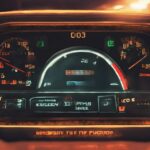



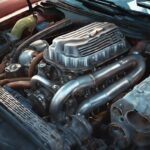
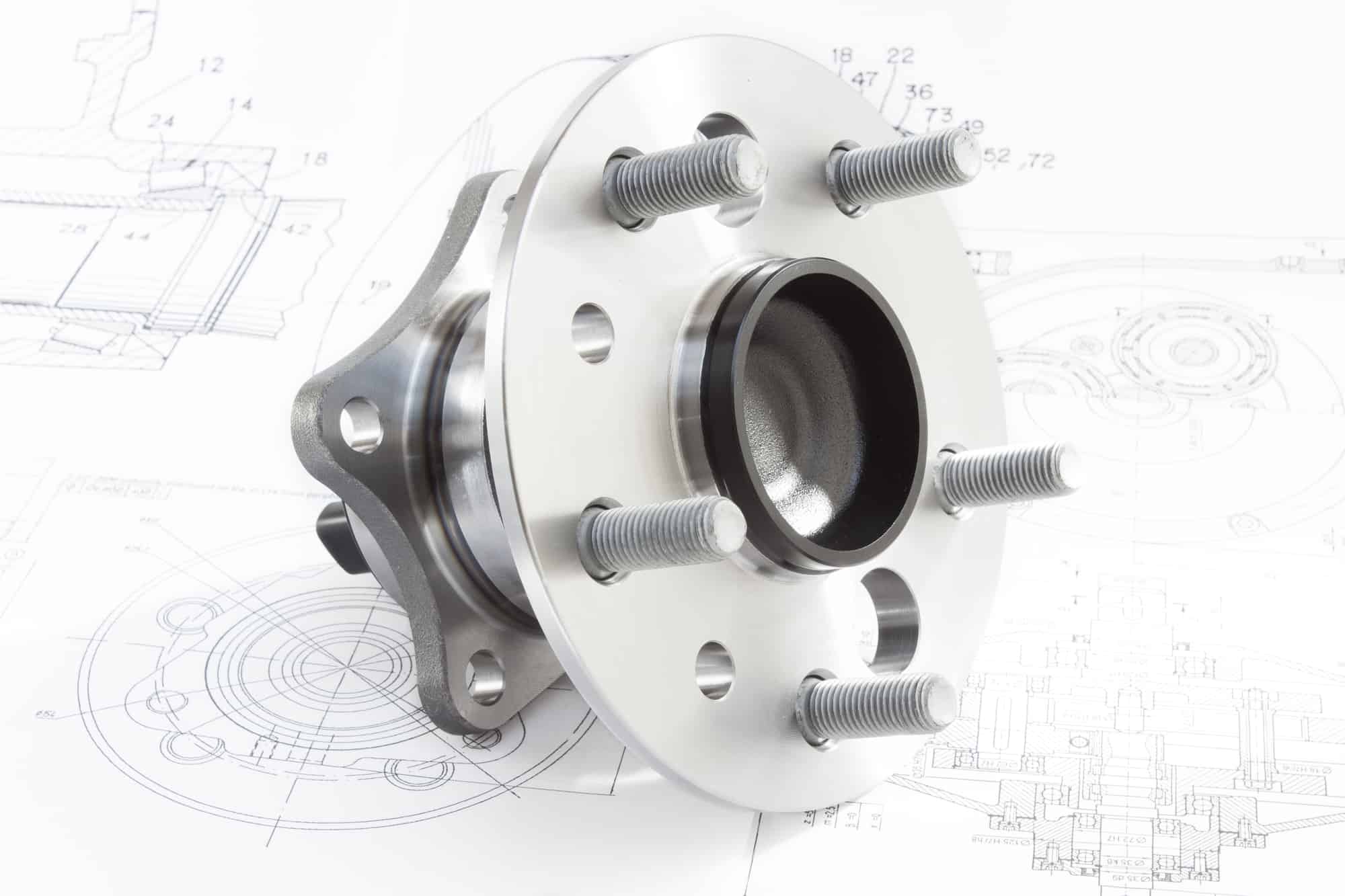





















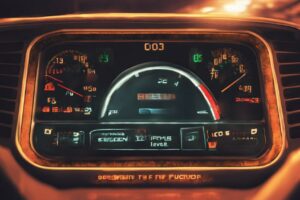
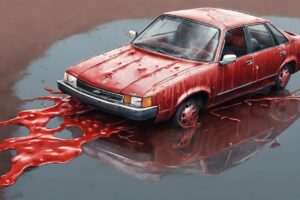
How can I accurately diagnose a bad wheel bearing on my own to make sure it’s really the issue before I take it in for repairs?
If I’ve been hearing a rough noise from one of my wheels and noticed my car pulls to one side when driving, could these be combined indications of a failing wheel bearing, or should I look into other potential issues as well?